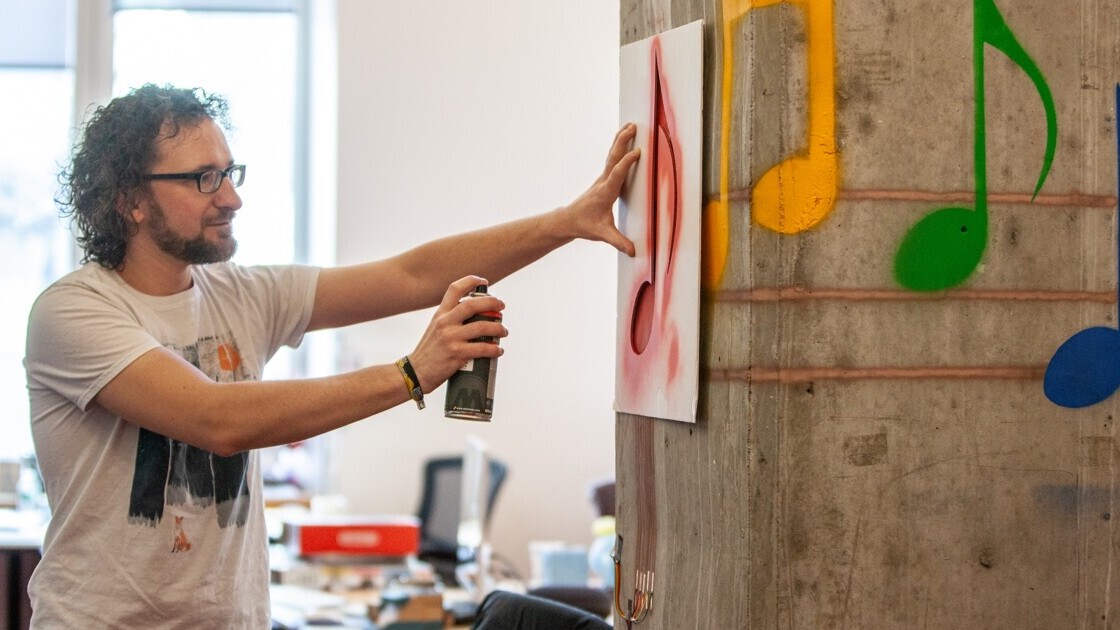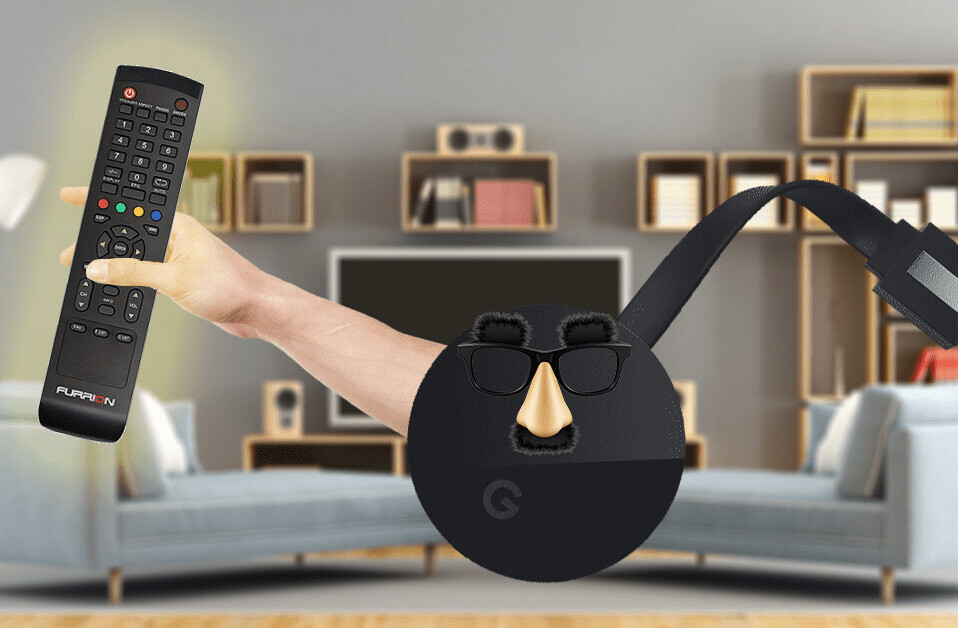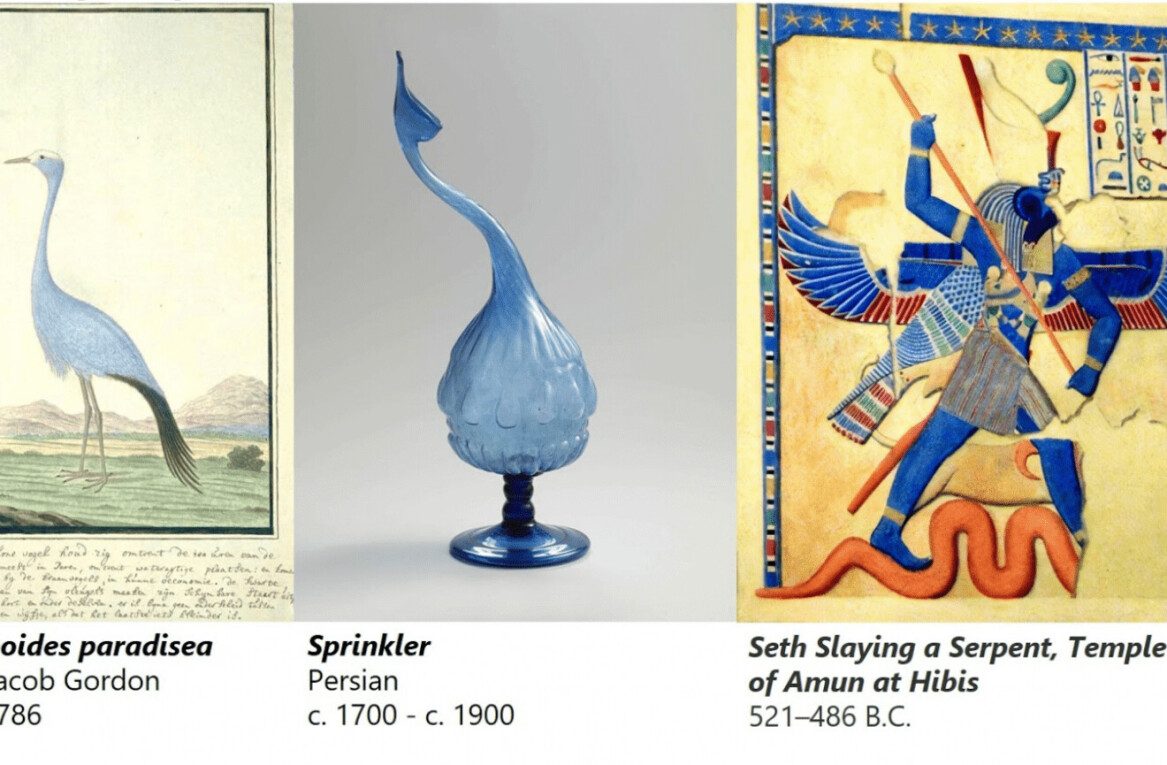
Imagine you’re sitting on the sofa, but you forgot to pick up the TV remote, and your smart speaker isn’t listening to your request. Wouldn’t it be wonderful if your sofa’s armrest could act as a remote? That could be possible with MIT’s new sprayable sensor technology.
Researchers from MIT’s Computer Science and Artificial Intelligence Laboratory (CSAIL) have built a system called SprayableTech, that lets you create interactive surfaces. Through this new technology, you can spray a sign on your bedroom’s wall to turn on, turn off, and adjust the brightness of a lightbulb, or you can turn your sofa into a TV remote control.
Here’s how it works: First, you have to make a model of the artwork in a 3D editor, and it generates stencils for airbrushing. You would also need to account for any additional sensors you might want to add to the system.
Once you have the cardboard stencil, you can spray the functional ink — an ink with electrically functional elements — on the surface where you want to build your system. After this, you’ll need to attach a microcontroller that connects the surface to the controller which manages appliances.
Watch the video below to see some cools applications and understand the process of SprayTech better.
Michael Wessely, the lead author on a new paper about SprayableTech, said this tool is quite flexible and it can lead to uses cases beyond controllers on walls and surfaces:
Since SprayableTech is so flexible in its application, you can imagine using this type of system beyond walls and surfaces to power larger-scale entities like interactive smart cities and interactive architecture in public places. We view this as a tool that will allow humans to interact with and use their environment in newfound ways.”
He added that the team aims to work with graffiti artists and architects to explore large-scale solutions for smart cities and interactive houses.
Get the TNW newsletter
Get the most important tech news in your inbox each week.




